This content is restricted to subscribers
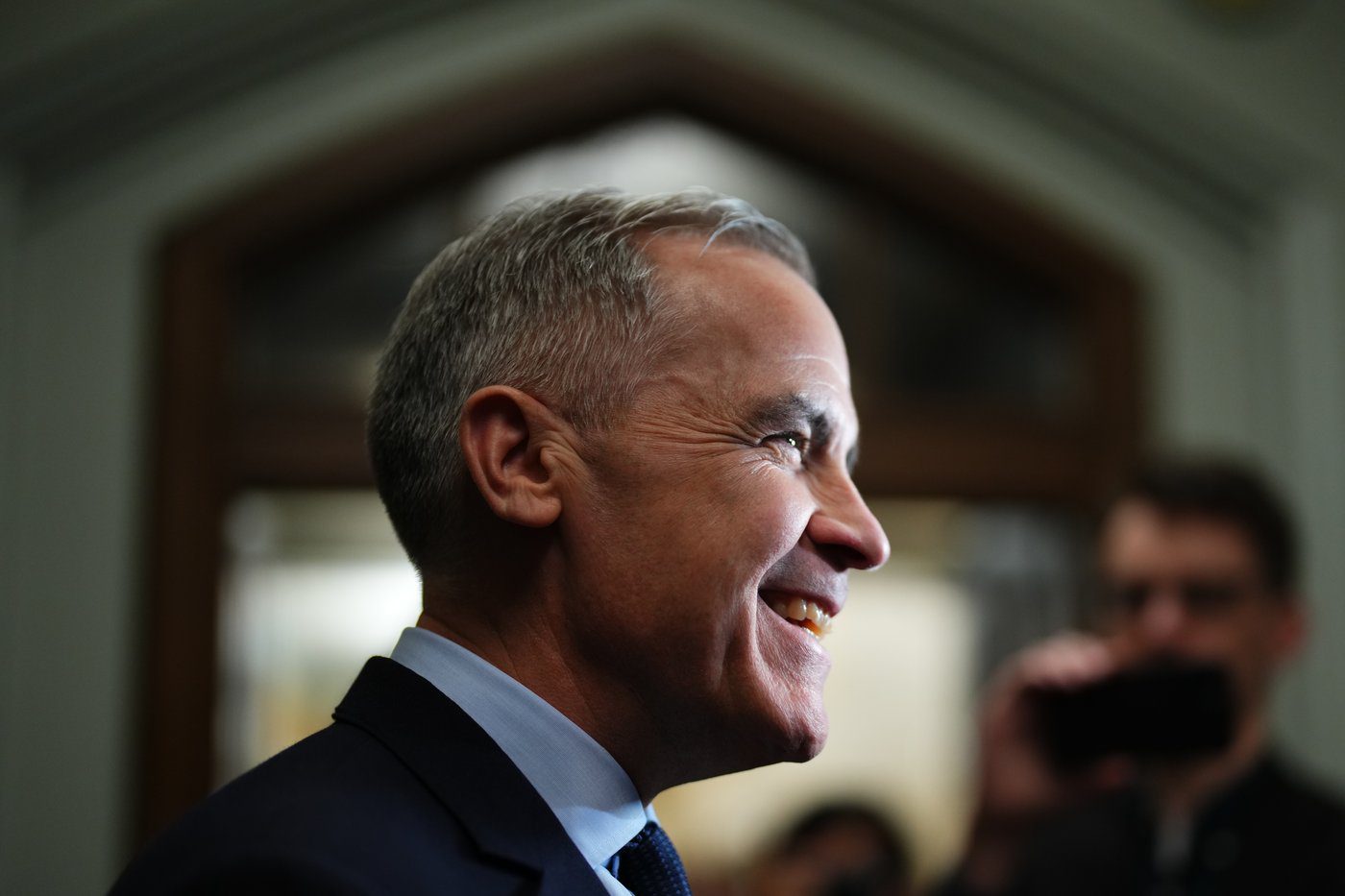
The views, opinions and positions expressed by columnists and contributors are the author’s alone. They do not inherently or expressly reflect the views, opinions and/or positions of our publication.

This content is restricted to subscribers
The views, opinions and positions expressed by columnists and contributors are the author’s alone. They do not inherently or expressly reflect the views, opinions and/or positions of our publication.
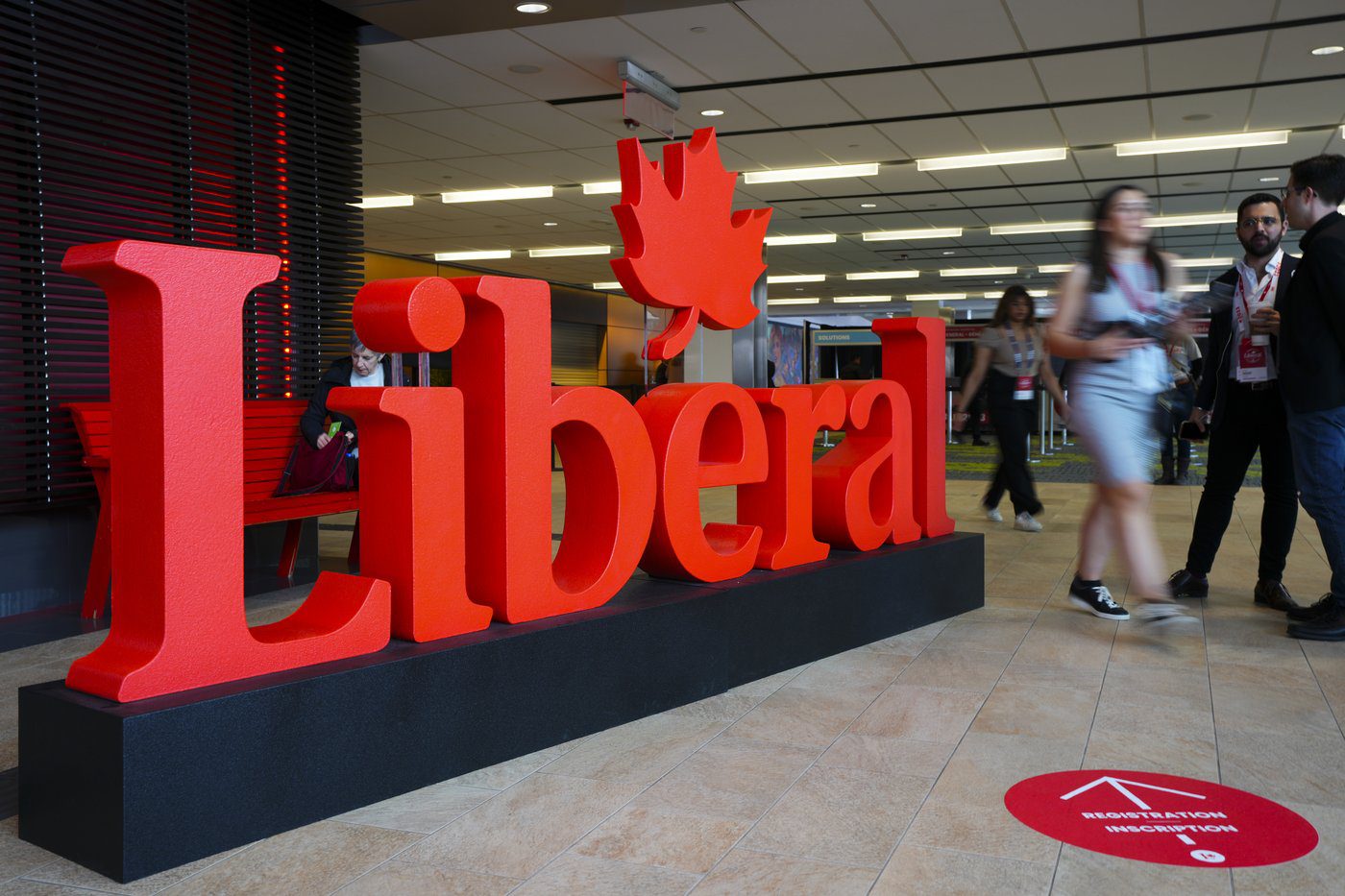
This content is restricted to subscribers
The views, opinions and positions expressed by columnists and contributors are the author’s alone. They do not inherently or expressly reflect the views, opinions and/or positions of our publication.
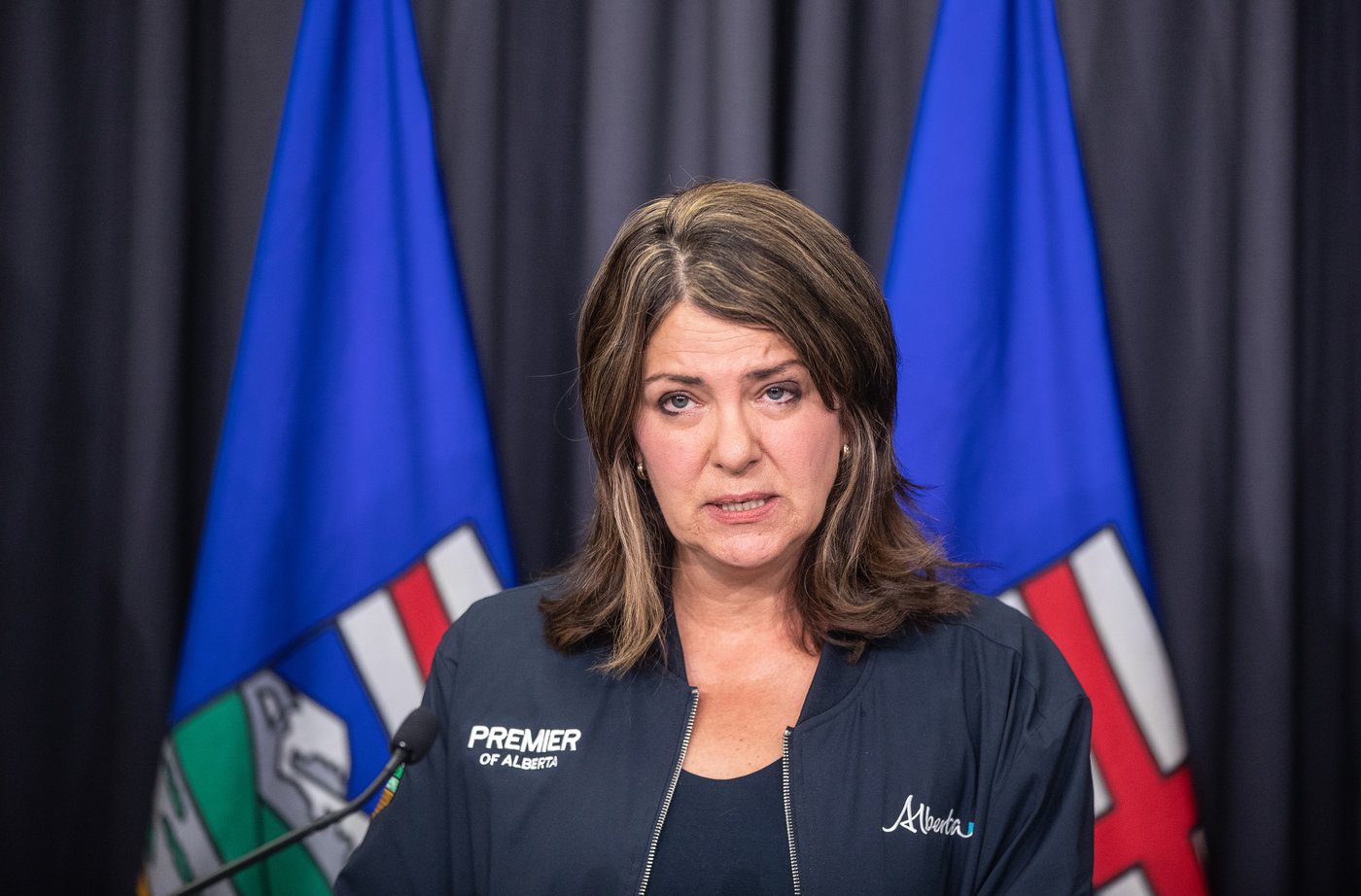
This content is restricted to subscribers
The views, opinions and positions expressed by columnists and contributors are the author’s alone. They do not inherently or expressly reflect the views, opinions and/or positions of our publication.
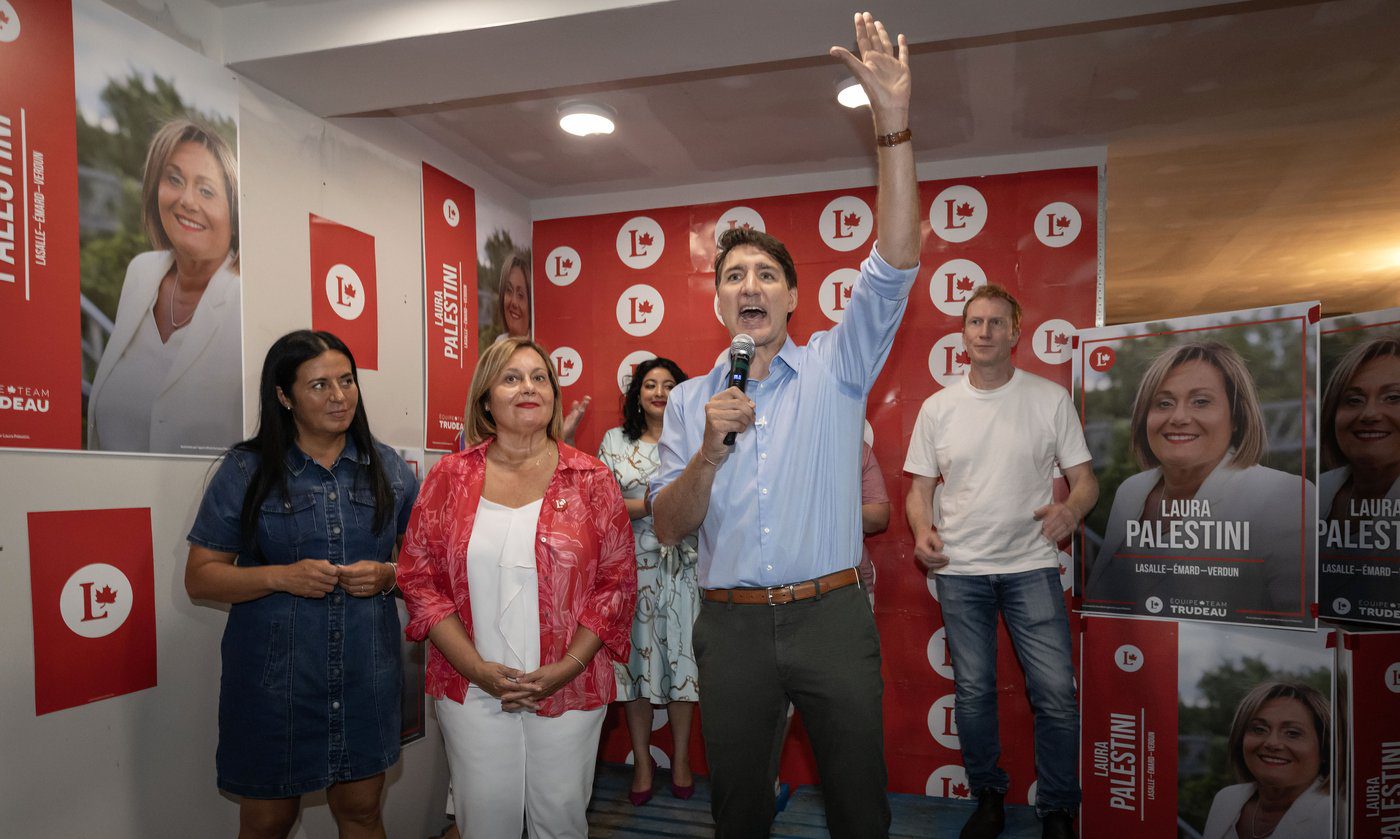
This content is restricted to subscribers
The views, opinions and positions expressed by columnists and contributors are the author’s alone. They do not inherently or expressly reflect the views, opinions and/or positions of our publication.

This content is restricted to subscribers
The views, opinions and positions expressed by columnists and contributors are the author’s alone. They do not inherently or expressly reflect the views, opinions and/or positions of our publication.
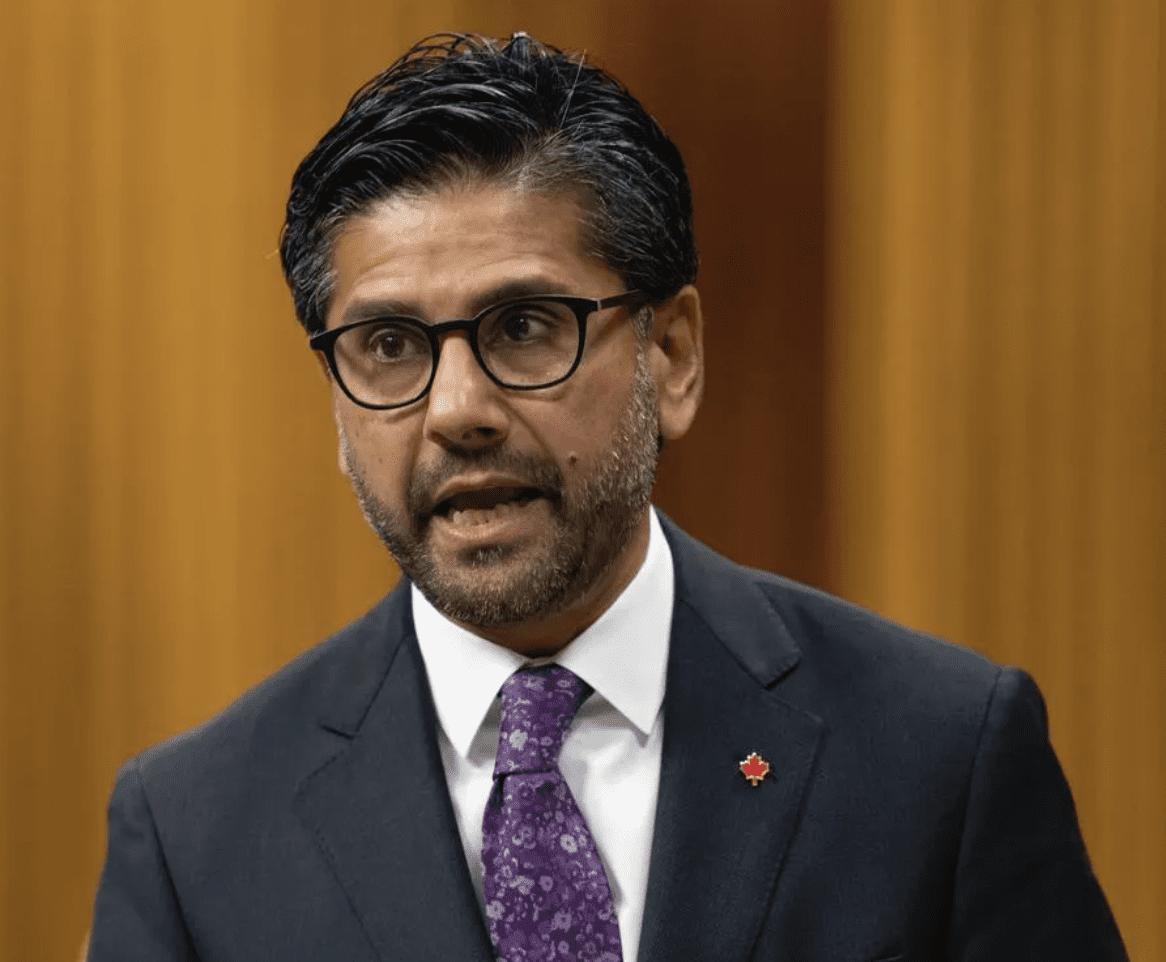
This content is restricted to subscribers
The views, opinions and positions expressed by columnists and contributors are the author’s alone. They do not inherently or expressly reflect the views, opinions and/or positions of our publication.
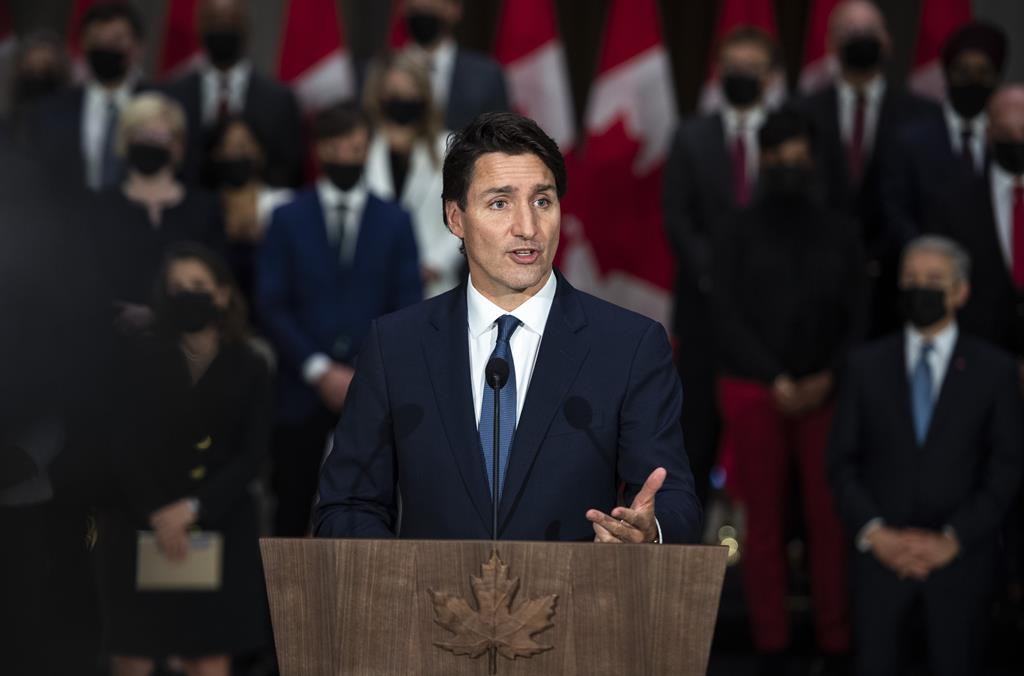
As part of his year-end interview with the Toronto Star’s Susan Delacourt, prime minister Justin Trudeau reflected on the state of his party, and its ups and downs before he became the leader. When Delacourt asked Trudeau whether his inevitable departure, whenever that happens, will throw the party into a similar existential crisis to where it found itself a decade ago, Trudeau laughed off the suggestion, and insisted that the party was now in a better place because they made a deliberate decision to connect with the grassroots.
“The Liberal party … had become too much of a closed-in club, and wasn’t actually allowing Canadians to engage with it and shape it,” Trudeau told Delacourt. “It is now an open party.”
This is completely specious nonsense. The decision to eliminate memberships in favour of free “supporters” does not actually open up a party, in spite of the PR hype. Rather, it merely focuses the power in the leader—accelerating a process that has been slowly building since 1919—while claiming openness by virtue of the number of supporters who sign up. It’s pouring gasoline on the tire fire of Americanizing our political institutions, in the name of recreating presidential primaries instead of doing genuine grassroots outreach or engagement. It’s also a particularly cynical move that pretends that the size of one’s electoral database is equal to grassroots engagement. Yes, it encourages more knocking on doors, which has been key to the Liberals’ electoral success in 2015 and beyond, but this is not actual grassroots engagement.
There was nothing particularly “closed-in” about the previous system of party memberships. The nominal membership fee encouraged people to have skin in the game, and there was genuine grassroots engagement, whether it was about policy development or open nominations for whose name would appear on the ballots. I had a roommate, many years ago, who told me about how she and her friends got together and proposed a particular policy solution, it got voted by their local riding association to advance to the biennial policy convention, and from there it was adopted, and became party policy, and the party, then in government, implemented it. This is how our system is supposed to operate. The Liberal Party no longer operates like this, where policy development is a bureaucratized process with multiple levels of gatekeeping to keep the number of resolutions that arrive at a convention to a minimum, and where the resolutions amount to mere suggestions, as leaders often dismiss them out of hand. But hey, it’s free, and their database appreciates what you’re generating.
During the Liberals’ “rebuilding years,” when Bob Rae was named interim leader after Michael Ignatieff’s devastating election loss, there was a series of conversations that the party engaged in when it came to how they redefined themselves. On a journalistic assignment, I sat in on an Ottawa Centre riding association meeting one night where the members were engaged in these kinds of discussions, about what they wanted from the party, and whether they needed to “shrink” the party in order to grow it. At the same time, the party leadership was also engaged in a rethink process, which is when they happened upon the idea of open memberships, coming from the Liberal Party of Alberta, who proclaimed that it grew their database by 1000 percent. Of course, within two election cycles, that party lost all of its seats and is on the precipice of political extinction, so I remain unconvinced that this was the genius move they think it was.
There was also an impetus on Rae to try and make the party’s structure less convoluted, with jokes about how byzantine its organizational chart was. While Rae oversaw the process of open memberships, he also did centralize the party’s financial operations in Ottawa, which many saw as a common-sense development that would free those provincial and territorial organizations to focus on their ground game and policy work. In the end, a new party constitution was voted on under Trudeau’s championing in 2017, which wiped out all of the accountability mechanisms that the old federated system, as convoluted as it was, had going for it. A few dissenters pointed this out at the convention where it happened, but they were drowned out by those who were salivating at the notion of a “modern” process, and the promised gains to the party database.
Of course, we are also now seeing Conservatives agitating for the open membership concept, convinced that it will be the way that they can escape their current conundrum of being structurally beholden to their social conservative base. If anything, though, open memberships won’t be able to overcome the problem, even if they attract more “supporters” during a leadership contest, because those same social conservatives are the party’s backbone in terms of fundraising and volunteering. More to the point, it’s an indictment of the fact that the party isn’t able to attract enough mainstream members, which keeps them beholden to the social conservatives—an existential problem that they need to grapple with instead of finding a new way to populate their database.
Open memberships are not actually opening up a party. It’s merely about populating a database, and providing a means of providing more justification to a party leader who is centralizing authority, because it allows them to claim the “democratic legitimacy” of tens of thousands more supporters than the old system of paid memberships. It builds and reinforces cults of personalities instead of stable political parties. None of those are hallmarks of an “open” party, especially when those parties have taken over their own policy development process and turned it into a process of Big Data justification, and turned open nominations into central casting. Cheap memberships, a genuine grassroots system in the riding associations, and accountable leaderships are hallmarks of open parties, not the farce that Trudeau is perpetuating and trying to pass off as a democratic good.
The views, opinions and positions expressed by columnists and contributors are the author’s alone. They do not inherently or expressly reflect the views, opinions and/or positions of our publication.